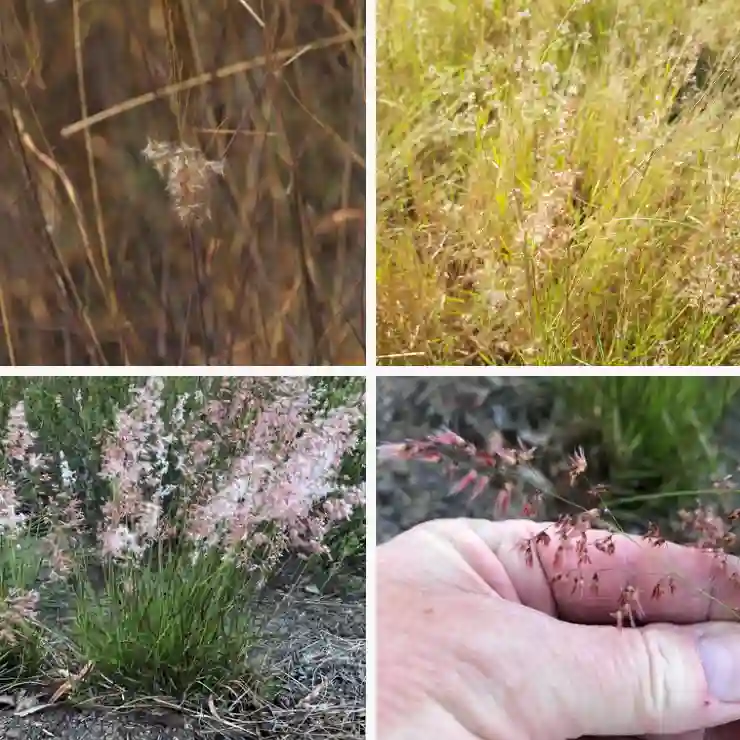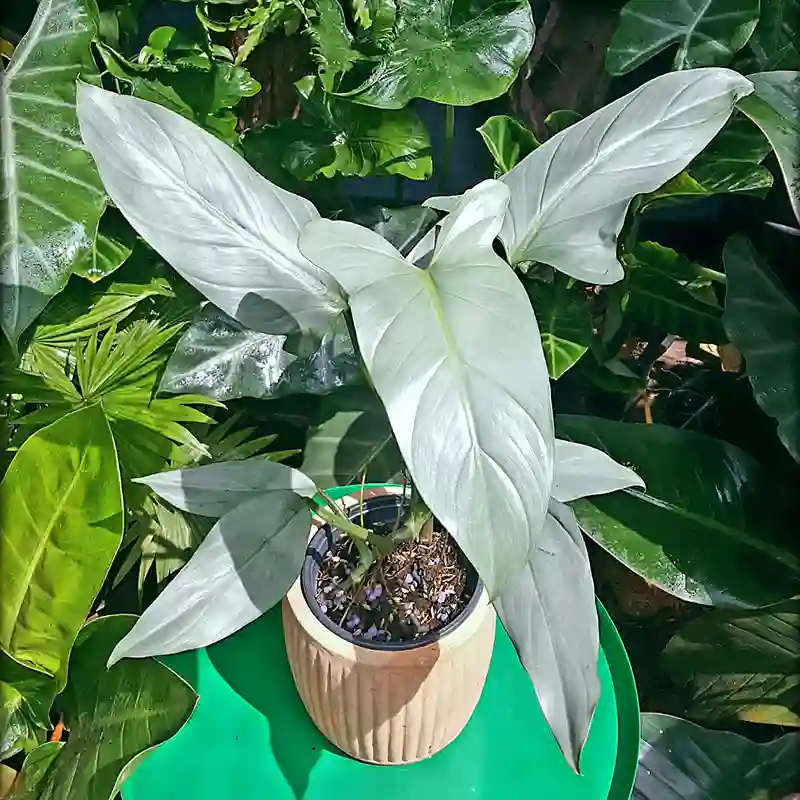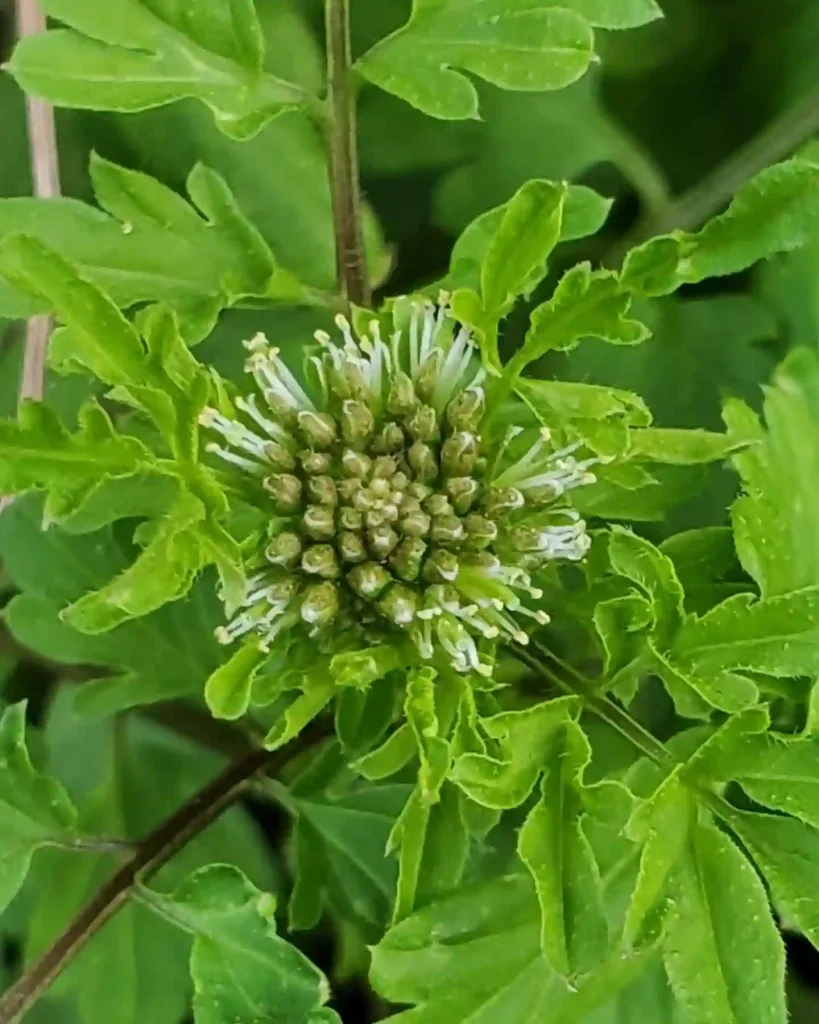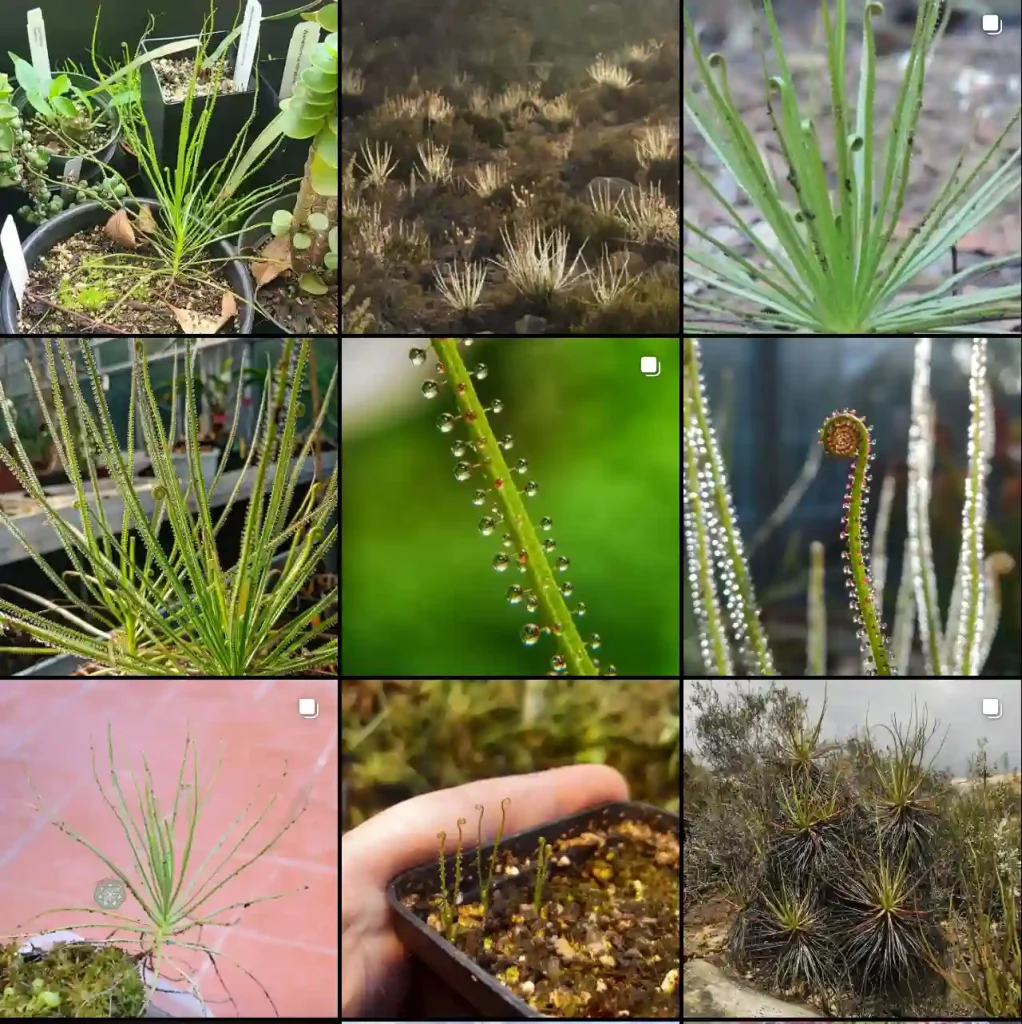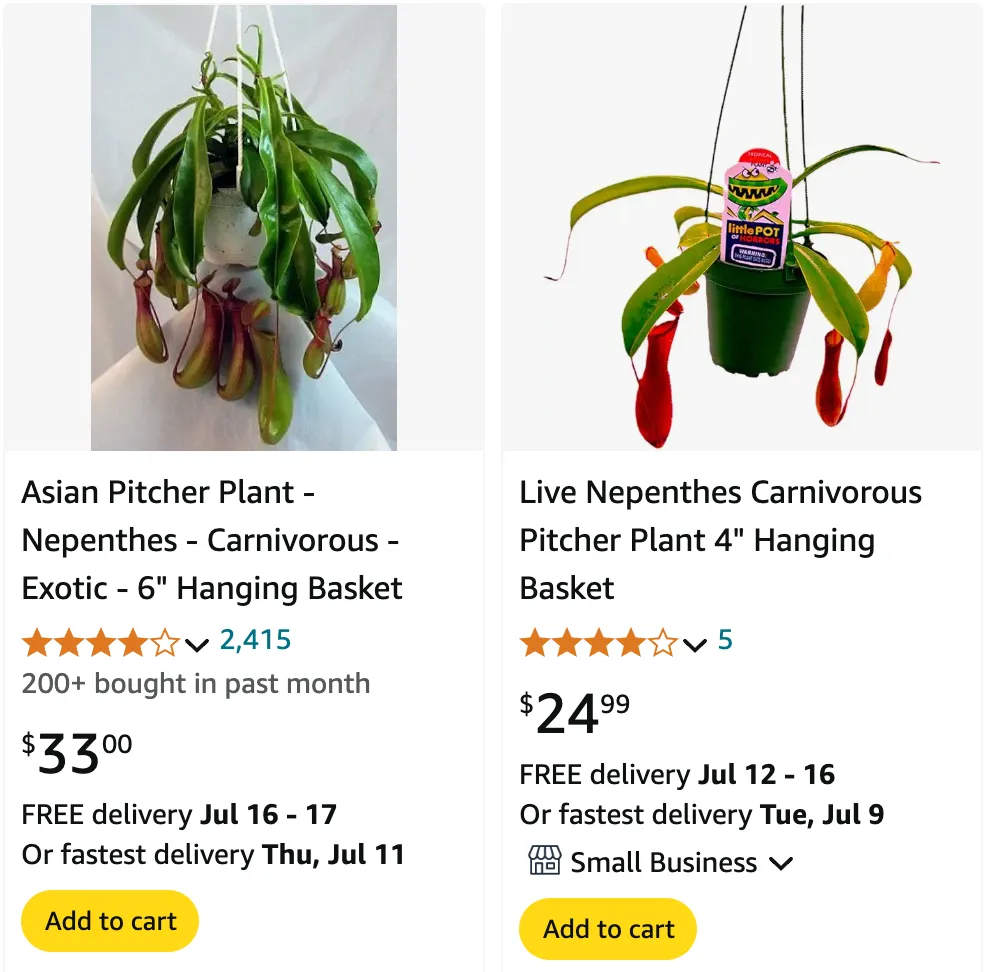
The Allure of the Pitcher Plant: A Beginner’s Guide
For the curious plant enthusiast, the Pitcher Plant holds a captivating allure. These carnivorous marvels, with their otherworldly pitchers, have a way of igniting the imagination. But beyond the captivating looks, lies a fascinating biological story. Over the years, I, Ferb Vu, have been captivated by these unique plants and have fielded many questions from fellow plant lovers. So, here’s a breakdown of the most common inquiries about Pitcher Plants.
What is a Pitcher Plant?
Pitcher Plants, also known as Nepenthes, are a diverse group of carnivorous plants native to Southeast Asia, Madagascar, Australia, and parts of North America. Their defining characteristic is the namesake pitcher – a modified leaf that functions as a trap for unsuspecting insects. These pitchers come in a dazzling array of shapes, sizes, and colors, often adorned with vibrant hues and intricate patterns.
Exploring Different Types of Pitcher Plants
The world of Pitcher Plants boasts a remarkable variety, offering something for every plant enthusiast. Here’s a glimpse into some of the most captivating types:
1. Nepenthes: This genus is the undisputed king of Pitcher Plants, with over 170 recognized species and countless hybrids. Their pitchers come in a mesmerizing array of shapes, sizes, and colors, ranging from the graceful tubes of Nepenthes gracilis to the bulbous wonders of Nepenthes ventricosa. Some even have unique adaptations, like Nepenthes rafflesiana with its overhanging lid that allows small mammals like tree shrews to enter and exit safely.
2. Sarracenia: These North American Pitcher Plants, also known as Trumpet Pitchers, are iconic for their trumpet-shaped traps. They come in various colors, from the vibrant red of Sarracenia purpurea to the elegant yellow of Sarracenia flava. Some even have intriguing features like the hooded pitchers of Sarracenia minor, which offer extra protection from rain.
3. Darlingtonia californica (Cobra Lily): This unique Pitcher Plant, native to California, stands out with its cobra-like hood. Unlike other Pitcher Plants, it uses translucent “windows” on its hood to lure insects in with dappled sunlight, mimicking a safe landing spot.
4. Cephalotus follicularis (Australian Pitcher Plant): This sole member of its genus is a fascinating oddity. Its underground traps resemble a series of interlocking cups, perfect for catching small prey like ants and springtails.
5. Heliamphora: These highland Pitcher Plants from South America thrive in cool, cloud forests. Their pitchers are known for their vibrant colors and often have complex lids that contribute to the trapping mechanism.
How to Care for a Pitcher Plant?
Providing the right environment is key to keeping your Pitcher Plant happy.
- Light: These sun-worshippers thrive in bright, indirect sunlight. Aim for at least 6 hours of sunlight daily. South-facing windows are ideal, but filtered light through sheer curtains works too.
- Water: Pitcher Plants are moisture-loving. Use distilled water, rainwater, or reverse osmosis water to avoid mineral build-up. Keep the soil consistently moist, but not soggy. Allow the top inch of soil to dry slightly between waterings.
- Humidity: Mimic their natural swampy habitat by maintaining high humidity levels. Grouping your Pitcher Plant with other humidity-loving plants, using a pebble tray, or investing in a humidifier can help.
- Temperature: Average room temperatures between 65-80°F (18-27°C) are perfect. Avoid placing them near drafts or heating vents.
- Soil: A well-draining, peat moss based potting mix is essential. You can find specialized carnivorous plant mixes at most garden centers.
Where to Buy a Pitcher Plant?
Pitcher Plants are readily available at many online retailers specializing in carnivorous plants and some well-stocked garden centers. Look for reputable sellers with healthy-looking plants.
Are Pitcher Plants Toxic to Cats?
While not deadly, Pitcher Plants can cause mild stomach upset if your feline friend decides to nibble on them. The best course of action is to keep your Pitcher Plant out of reach of curious cats.
How to Repot a Pitcher Plant?
Repotting is necessary every 1-2 years or when the plant outgrows its pot. Choose a slightly larger pot with drainage holes. Use fresh carnivorous plant mix and gently repot your Pitcher Plant, ensuring the crown sits slightly above the soil level.
How to Feed a Pitcher Plant?
Pitcher Plants obtain nutrients by digesting insects trapped in their pitchers. You don’t need to actively feed them. However, if you notice a lack of insect activity indoors, you can occasionally offer a small, pre-killed insect like a fruit fly.
Why is my Pitcher Plant Turning Brown?
Brown leaves on your Pitcher Plant can have a few causes:
- Underwatering: Ensure the soil is consistently moist.
- Sunburn: Move the plant to a location with filtered sunlight.
- Low humidity: Increase humidity levels using a humidifier or pebble tray.
- Mineral build-up: Use distilled or rainwater for watering.
Do Pitcher Plants Go Dormant?
Unlike some carnivorous plants, Pitcher Plants don’t experience a true dormancy. However, their growth may slow down slightly during the winter months. Reduce watering slightly during this time but don’t let the soil dry out completely.
Do Pitcher Plants Photosynthesize?
Yes, absolutely! Pitcher Plants are photosynthetic, meaning they capture sunlight and convert it into energy for growth. While they obtain some nutrients from captured insects, they still rely on photosynthesis for their primary energy source.
How do Pitcher Plants Reproduce?
Pitcher Plants can reproduce through seeds or basal shoots (pups growing at the base of the plant). Seed propagation is a slower process requiring specific conditions. Basal shoot propagation is easier and involves carefully separating the pup from the mother plant and potting it individually.
Pitcher Plant vs Venus Flytrap
Both are fascinating carnivorous plants, but with key differences. Pitcher Plants are passive traps, luring insects with nectar and color, while Venus Flytraps actively snap shut their trap leaves when triggered. Pitcher Plants also obtain nutrients through digestion, whereas Venus Flytraps primarily rely on photosynthesis.
Pitcher Plant vs Jack-in-the-Pulpit
While superficially similar with a single, large modified leaf, Pitcher Plants and Jack-in-the-Pulpit (Arum maculatum) are not closely related. Jack-in-the-Pulpit is not carnivorous and attracts pollinators with its colorful “pulp” and foul-smelling “jack” (the spathe) that traps insects for a short period before releasing them unharmed.
Additional Tips for Growing Pitcher Plants:
- Avoid using fertilizers: Pitcher Plants get most of their nutrients from captured prey and don’t require additional fertilizing. In fact, excess fertilizer can harm the plant.
- Cleaning the pitchers: Occasionally, remove any debris or dead insects from the pitchers with a gentle stream of distilled water.
- Enjoy the variety: There are hundreds of Pitcher Plant species available, each with unique characteristics. Explore different varieties to find the perfect one for your collection.
Conclusion:
The Pitcher Plant is a captivating addition to any plant collection. By providing the right care and understanding their unique needs, you can cultivate these fascinating carnivorous wonders and witness their mesmerizing adaptations firsthand. So, embrace the allure of the Pitcher Plant and embark on a journey into the world of these captivating botanical marvels.
If i die, water my plants!
